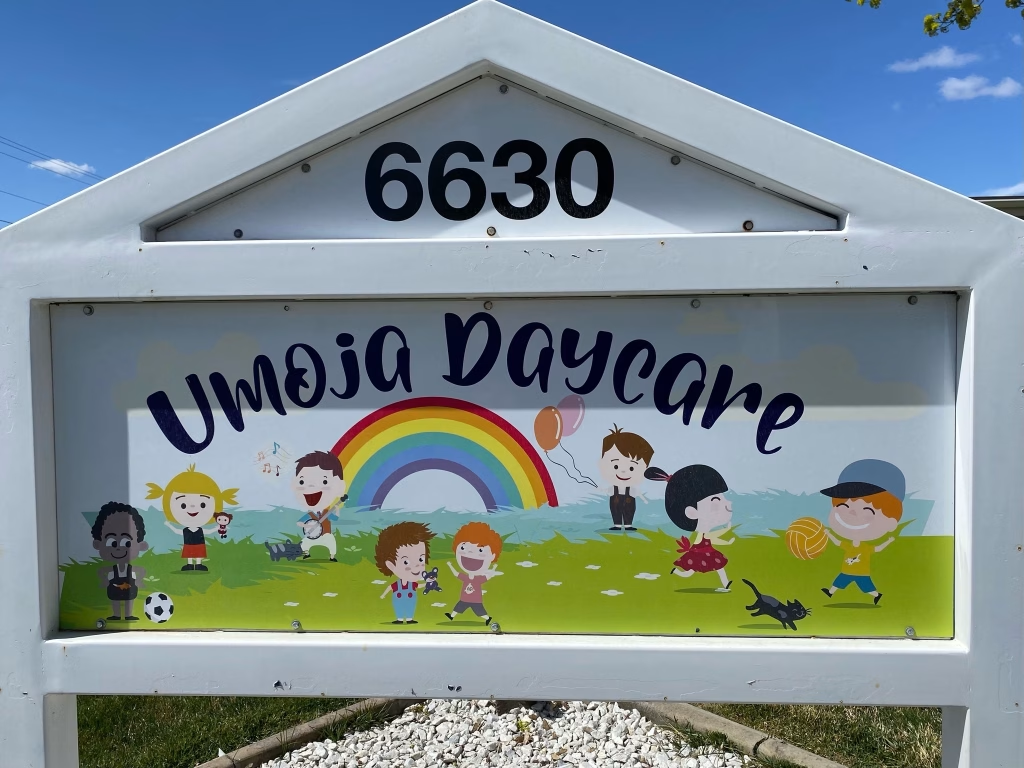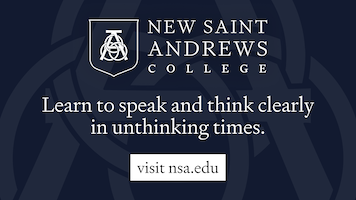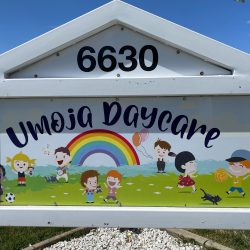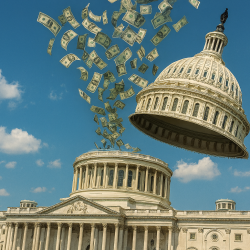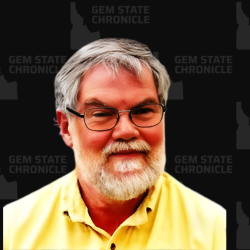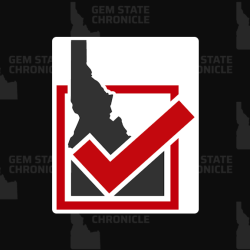By now you’re aware of the myriad problems with the Idaho Department of Health and Welfare (IDHW), which controls more taxpayer dollars than any other single state agency. If you’d like a refresher course, check out my January 29 article called “The Permanent Bureaucracy” which dug into the various ways in which IDHW has not only mishandled those tax dollars, but has allowed its mission to creep far beyond what the Legislature established in statute.
Idaho Freedom Foundation policy director Niklas Kleinworth’s mini documentary, released at the beginning of the year, is also a good place to start:
I have been cautiously optimistic ever since Gov. Brad Little announced that he was appointing Alex Adams to run IDHW. Adams did superb work at the State Board of Pharmacy, earning platitudes from IFF, who rarely praises government bureaucrats. From there he briefly served as interim director for the Public Charter School Commission and has been running the Division of Financial Management for Gov. Little since 2019.
Today was Adams’ first day on the job at IDHW and it appears he has hit the ground running. He issued two bulletins designed to increase transparency in the embattled department. Bulletin 2024-07 instructs the Division of Medicaid to issue monthly reports detailing enrollment data and expenditures for the Medicaid program, divided into mandatory populations and services and optional populations and services.
Bulletin 2024-08 instructs the Division of Self-Reliance to issue a monthly report to the public and to the Legislature regarding the various welfare programs IDHW oversees. For each program, the Division is to include the number of people enrolled, how long each person has been enrolled, how much money has been spent, the number of people within 10% of the maximum eligibility threshold, the number of people enrolled who are able-bodied adults, how many people have exited the program due to income increasing, and more.
The first reports should be available later this month.
I find it ironic that the Division of Self-Reliance is the office in IDHW through which people sign up for welfare programs. Government benefits are the opposite of self reliance, in that they acculturate people to relying on the dole rather than taking care of themselves or their neighbors. Obviously there are some who only use such programs as a last resort, but at a social level, welfare breeds more welfare. That was one of the biggest arguments against the Summer EBT program, which the Senate killed this year — giving families and children free money would surely grow demand for more government programs.
It’s been my impression that government welfare offices have measured success by the number of people on the program, rather than the number who successfully leave it. I am pleased to see Alex Adams taking the opposite perspective at IDHW. Perhaps it can truly become a driver of self reliance for the people of Idaho. Time will tell.
IFF’s Niklas Kleinworth expressed similar cautious optimism in last week’s Fiscal Fridays. Both he and I attended IDHW’s conference on health priorities last week, which seemed designed to generate demand for more taxpayer supported programs.
It is extremely hard to completely eliminate government programs. Until we elect our own version of Javier Milei of Argentina, we must settle for reform. Alex Adams’ moves toward transparency are a good start, but there is much work to be done in returning the agency to the mission laid out by our Legislature and our state constitution. That will be my yardstick for measuring Adams’ success over the next few years, and I will keep you updated as things develop.
Gem State Chronicle is a reader-supported publication. To receive new posts and support my work, consider becoming a free or paid subscriber.
About Brian Almon
Brian Almon is the Editor of the Gem State Chronicle. He also serves as Chairman of the District 14 Republican Party and is a trustee of the Eagle Public Library Board. He lives with his wife and five children in Eagle.




